The solution of cluster sowing combined with fertilization is considered an effective solution to reduce the amount of rice seeds, creating a highlight to promote high-quality, low-emission rice cultivation associated with green growth in the Mekong Delta.
Why should we reduce the amount of seeds sown?
The first and most important highlight of the synchronous technical package in the current rice production situation is to reduce seeds . Because reducing seeds, using only the minimum amount of seeds helps producers have the opportunity to use good, high-quality seeds. More importantly, reducing the amount of seeds used will lead to reducing the amount of fertilizers and pesticides, reducing environmental pollution, improving rice productivity and quality, reducing emissions to the environment...
Along with reducing varieties, when combined synchronously with solutions on mineral nutrition, plant protection, farming methods... the economic efficiency of rice production in particular and sustainable rice farming in general will achieve high results.
In fact, the policy of reducing the amount of seed sown has existed for a long time. Along with the policy of reducing the amount of seed sown is the promotion of mechanization of rice production, in which special attention is paid to mechanization of the seeding stage, because this is currently the weakest stage according to the goal of synchronous mechanization of rice production. Moreover, mechanization of the seeding stage can contribute to reducing the amount of seed sown.
Currently, one of the effective tools to support the seed reduction stage is the application of the Saigon Kim Hong cluster seeder. In fact, in many fields in the Mekong Delta, Central Highlands - Central region, the Saigon Kim Hong cluster seeder has been recognized by farmers as an effective solution for seed reduction. With this meaning, it can be said that the Saigon Kim Hong cluster seeder has made a "revolution" in reducing the amount of rice seeds sown.
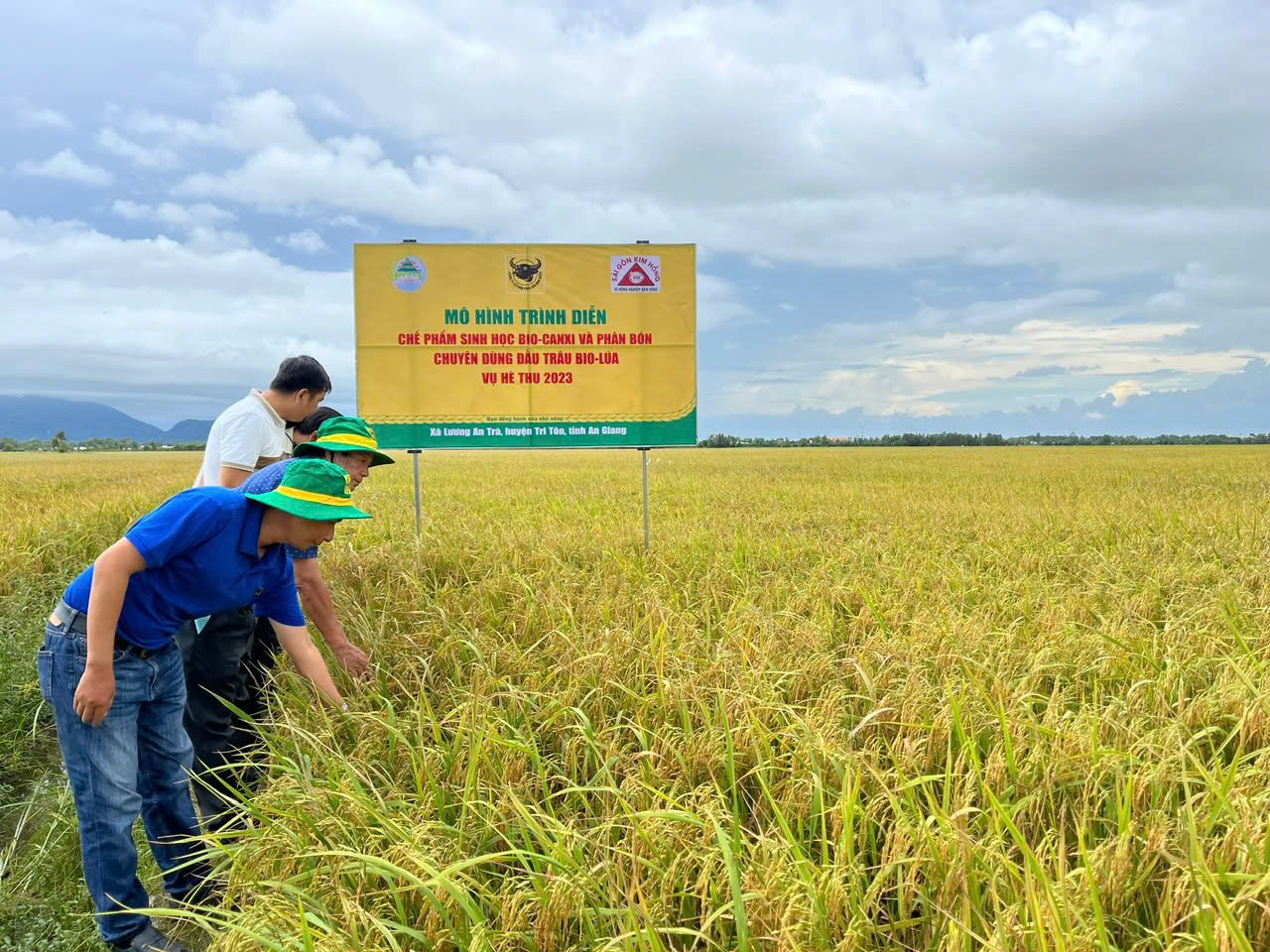
Demonstration model of cluster seeding combined with buried fertilizer application in Luong An Tra commune, Tri Ton district, An Giang province, summer-autumn crop 2023.
The above results come from the fact that the cluster seeder only uses the minimum amount of seeds in sowing (50 - 60 kg/ha). More importantly, not only does it reduce the amount of rice seeds sown, but through the "black box sowing" structure of the Saigon Kim Hong cluster seeder (SGKH), the seeds are evenly distributed on the field in rows and clusters like transplanted fields.
This is completely different from the row seeder which can only distribute seeds in rows, not in clusters. In addition, the SGKH cluster seeder also performs the required sowing density, thereby helping the cluster-sown rice field to access and promote the advantages of the border row/bank row effect (both horizontally and vertically) for the growth and development of the rice field that other forms of sowing cannot meet.
It can be said that the Saigon Kim Hong cluster sowing solution has gathered all the technical advantages of the transplanting solution, while also overcoming the limitations of the high cost of transplanting as well as the ability to overcome mud on weak ground that the transplanting machine cannot overcome.
On the other hand, if the cluster sowing solution is combined with the solution of burying fertilizer at the same time as sowing, it will exploit more thoroughly the advantages of cluster sowing, and at the same time add the following advantages:
Fertilizers are buried deeply to reduce losses, especially nitrogen fertilizers due to evaporation or runoff if water overflows the field when fertilizer is just applied; Fertilizers are buried deeply to stimulate deep rice roots, helping to limit lodging, especially in the Summer-Autumn and Autumn-Winter crops, while increasing the drought resistance of rice fields if they encounter drought, salinity, or lack of irrigation water at the end of the crop (winter-spring);
Fertilizer is buried adjacent to the rice cluster, helping the rice cluster to access the fertilizer and take the fertilizer easily, limiting the loss of fertilizer to surrounding weeds (like the broadcast fertilization solution), thereby helping to improve the efficiency of fertilizer use; Fertilizer is combined with buried fertilization by the cluster sowing equipment during sowing, saving labor costs compared to broadcasting fertilization many times later.
In particular, fertilizing at the same time as sowing will provide mineral nutrients to rice plants promptly from the first days after sowing, ensuring the mineral needs of rice plants, helping rice plants to be vigorous, sprout early, and sprout in a concentrated manner, which is an urgent requirement for cluster-sown and sparsely sown rice fields, to ensure the number of buds and flowers/m2. for maximum rice yield.
By combining cluster sowing with buried fertilizer application, it is possible to reduce 20-30%, even 40% of fertilizer use compared to the process of spreading fertilizer on the field many times as has been done for a long time.
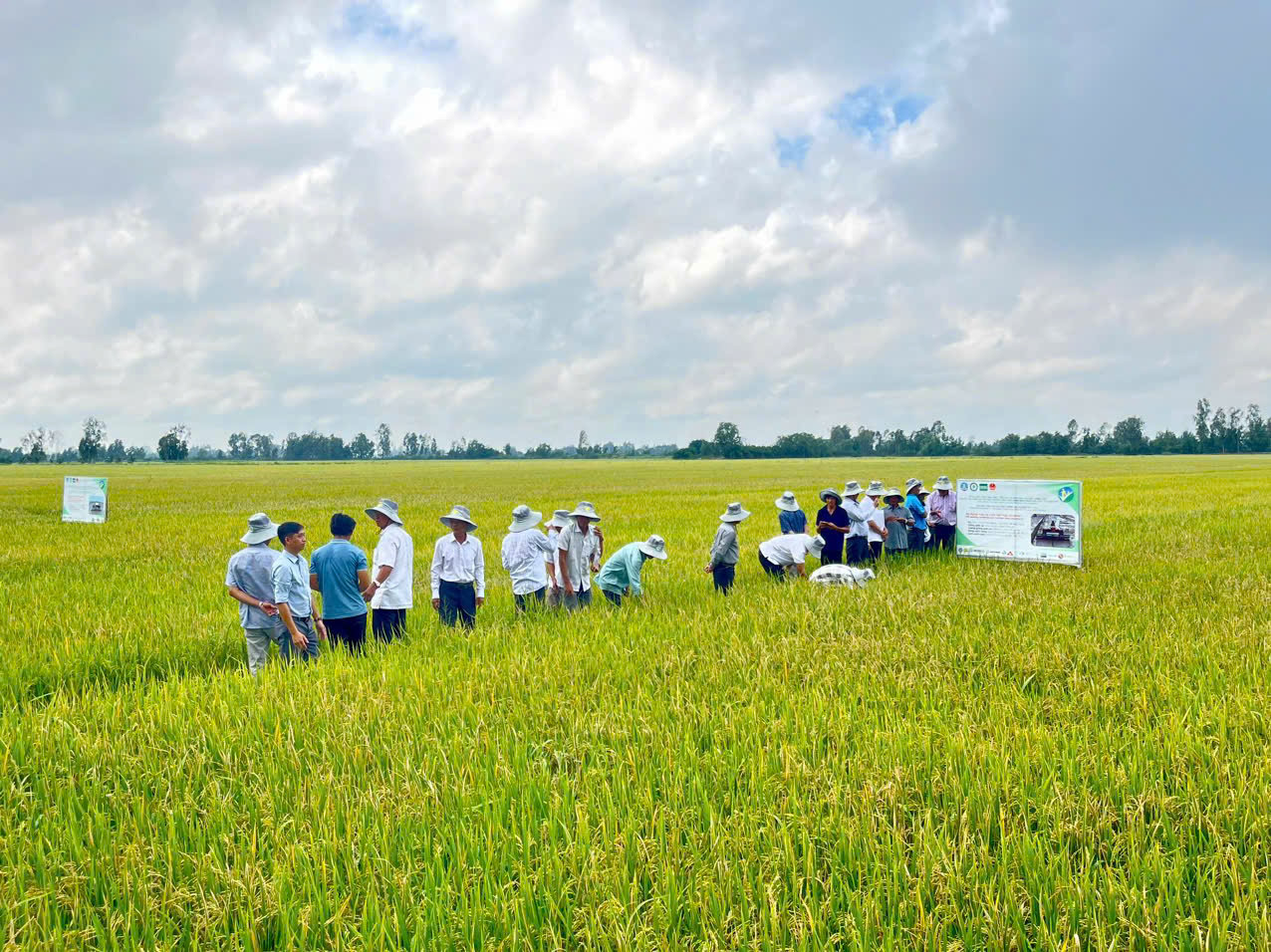
Pilot model of the Project of 1 million hectares of high-quality specialized rice with low emissions at Thanh Nien Phu Hoa Agricultural Service Cooperative, Tan Hoi commune (Tan Hiep district - Kien Giang) in the autumn-winter crop of 2024.
With the above advantages, the cluster sowing and cluster sowing solutions combined with fertilization have been introduced by the Department of Crop Production (now the Department of Crop Production and Plant Protection) into the rice cultivation process to reduce costs and improve efficiency (according to Decision 73/QD-TT-VPPN dated April 23, 2022) and the Integrated Rice Cultivation Process to Adapt to Climate Change (according to Decision 102/QD-TT-VPPN dated March 14, 2023).
In particular, the solution of cluster sowing and cluster sowing combined with fertilization has been put into practice in the 1 million hectare rice project (according to Decision 1490/QD-TTg dated November 27, 2023 of the Prime Minister).
The above results are a long period of time from 2019 to present, Saigon Kim Hong continuously improves machinery to adapt to each physical condition of Vietnamese fields as well as constantly testing and determining factors in the accompanying cultivation technical package to have models adapted to each different ecological condition.
For example, in the 2023 summer-autumn crop, Saigon Kim Hong Trading and Service Co., Ltd. cooperated with Binh Dien Fertilizer Joint Stock Company to implement a smart rice cultivation model in Luong An Tra - Tri Ton commune, An Giang:. Then, in the 2024 summer-autumn crop, SGKH's fertilizer-burying cluster sowing solution was used to implement a pilot model of the 1 million hectare high-quality rice project in Tra Vinh province (Phuoc Hao Cooperative, Phuoc Hao commune, Chau Thanh district).
In the 2024 autumn-winter crop, the model will continue to be implemented at Thang Loi Cooperative, Lang Bien Commune (Thap Muoi District, Dong Thap Province) and Thanh Nien Phu Hoa Agricultural Service Cooperative, Tan Hoi Commune (Tan Hiep District, Kien Giang Province). Also in Kien Giang, this solution is implemented within the framework of the Central Agricultural Extension Project "Building a model of rice cultivation to reduce emissions to serve the sustainable development of the rice export material area of the Mekong Delta", with an area of 3 hectares, OM18 rice variety, using Dau Trau growth fertilizer and Dau Trau grain firming fertilizer according to 3 formulas: Broadcast sowing, broadcast fertilization; cluster sowing, broadcast fertilization; cluster sowing, buried fertilization.
The results obtained from the model show that formula 1 (broad seeding, broadcast fertilization): Rice yield 5.40 tons/ha; profit 21.8 million VND/ha. Formula 2 (cluster seeding, broadcast fertilization): Rice yield 5.67 tons/ha; profit 23.4 million VND/ha. Formula 3 (cluster seeding, buried fertilization): Rice yield 5.92 tons/ha; profit 26.8 million VND/ha.
Comparing the factors of cluster sowing and burying fertilizer of formula 3 with the factors of broadcast sowing and mulching fertilizer of formula 1, the rice yield reached 5.92 tons/ha, far exceeding the yield of formula 1; profit increased by 5 million VND/ha (22.9%).

Pilot model of emission-reducing rice cultivation to serve sustainable development of rice export material areas in the Mekong Delta under the Central Agricultural Extension Project, implemented in Nam Thai Son commune, Hon Dat district (Kien Giang) in 2024.
Exporting cluster seeders to Cambodia and India
The model sites implemented in Tra Vinh, Dong Thap and Kien Giang have been inspected, summarized and evaluated by the Department of Crop Production and Plant Protection in coordination with local units of the Ministry of Agriculture and Environment.
Specifically, the amount of rice seeds sown in the models is only from 60 kg/ha (Tra Vinh) - 70 kg/ha (Dong Thap, Kien Giang), an average of 64.6 kg/ha, lower than the amount of seeds sown in production by an average of 81 kg/ha (ie a 55.7% reduction in the amount of seeds used), thereby meeting the seed sowing target according to the Project of 1 million hectares of rice by 2030 of less than 70 kg/ha.
The amount of pure macronutrient fertilizer (N, P2O5 , K2O ) is reduced, due to sparse sowing, the need for mineral nutrients is reduced, so the model only uses an average of 153 kg/ha, lower than the total amount of fertilizer used in production on average 97.4 kg/ha (reduced by 38.9% of the total amount of fertilizer used). As for nitrogen fertilizer, the model points only use 66 - 67 kg/ha (Kien Giang, Tra Vinh) to 80 kg/ha (Dong Thap), an average of 70.2 kg/ha, lower than mass production of 57.6 kg/ha (reduced by 45.1% of the amount of nitrogen used).
Number of times spraying pesticides: Due to sparse sowing, full sunlight in rice fields and low use of fertilizers, especially nitrogen fertilizers, the model reduces pest pressure quite clearly, spraying pesticides only 5 times (Tra Vinh), 6 times (Kien Giang) to 7 times (Dong Thap). On average, pesticides are sprayed 5.7 times/crop, lower than the average number of sprays in production of 2.6 times/crop (reduced by 31.2% of the number of sprays).
In particular, the rice model in Tra Vinh has been granted a product certificate that meets VietGAP standards and has a selling price 350 VND/kg higher than rice in the region.
Thanks to the above factors, the average production cost in the model is 20,521,746 VND/ha, lower than the average production cost of 3,097,486 VND/ha (a 13.1% reduction in production cost). This is really meaningful in the context of increasing prices of agricultural materials, and the most important result is that the profits of rice growers have clearly increased.
Calculations from pilot models show that, with an average increase in rice yield of 5.3%, production costs decreased by an average of 13.1% compared to non-production, so profits reached from 20,732,000 VND/ha (Kien Giang), 32,852,554 VND/ha (Dong Thap) to 45,570,000 VND/ha (Tra Vinh), an average of 37,368,255 VND/ha, higher than the average non-production of 6,455,920 VND/ha (an increase of 20.9% in profit). Through this, it is also calculated that the profit margin has been achieved at 64.6%, exceeding the target of 50% of the 1 million hectare rice project.
With the outstanding advantages of the SGKH cluster seeding solution in rice production, the SGKH cluster seeding equipment has now been accepted by producers nationwide, from the Mekong Delta to the Red River Delta. The unit has also exported cluster seeding machines to Cambodia, India, and soon the cluster seeding machine will also be brought to the Philippines to introduce to farmers in this country.
Currently, Saigon Kim Hong is distributing 04 main cluster seeding machine models:
Cluster seeding equipment linked to a transplanter, with a seeding belt width of 3.0 m, with 12 rows, 25 cm between rows; sowing productivity of 6 - 8 ha/day; Cluster seeding equipment linked to a large plow, with a seeding belt width of 4.0 - 5.0 m, with 16 - 20 rows, 25 cm between rows; sowing productivity of 8 - 12 ha/day; Cluster seeding equipment linked to a small tiller (ten hen machine), with a seeding belt width of 3.0 m, with 12 rows, 25 cm between rows; sowing productivity of 6 - 8 ha/day; Walking cluster seeding machine, with a seeding belt width of 2.0 m, with 8 rows, 25 cm between rows; sowing productivity of 3 - 4 ha/day. The machine is suitable for fields with weak soil and small plots.
In addition, the above cluster seeder models (except for the walking cluster seeder) can integrate additional fertilizer burying parts and germicide spraying parts to become "2 in 1", "3 in 1" cluster seeders...
Source: https://danviet.vn/giam-luong-lua-giong-bang-may-sa-cum-nong-dan-giam-bon-phan-giam-xit-thuoc-lua-chat-day-xe-ai-cung-me-20250327125633674.htm




![[Photo] Prime Minister Pham Minh Chinh chairs meeting to remove difficulties for projects](https://vstatic.vietnam.vn/vietnam/resource/IMAGE/2025/3/30/7d354a396d4e4699adc2ccc0d44fbd4f)
![[Photo] Ministry of Defense sees off relief forces to the airport to Myanmar for mission](https://vstatic.vietnam.vn/vietnam/resource/IMAGE/2025/3/30/245629fab9d644fd909ecd67f1749123)


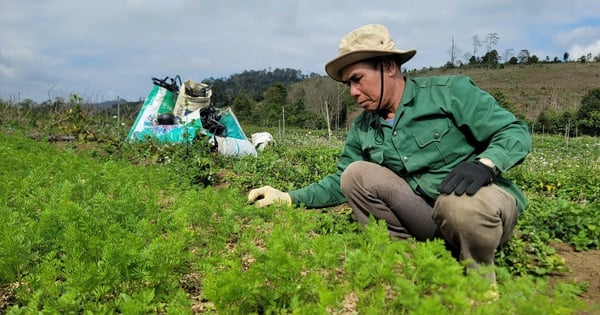
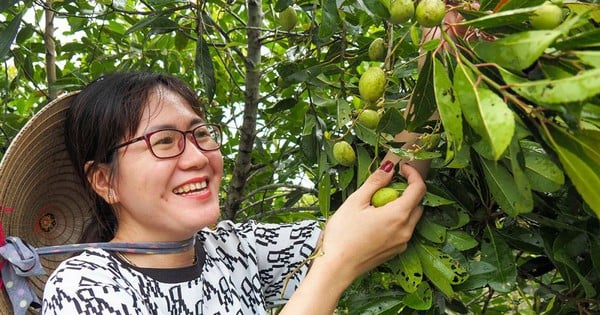
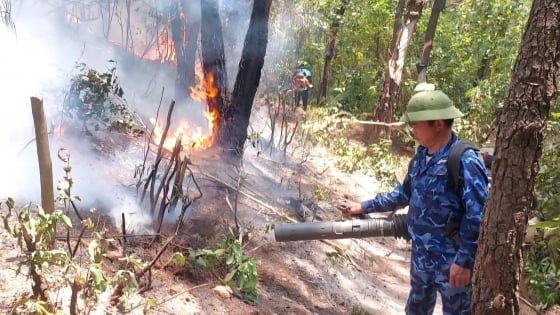
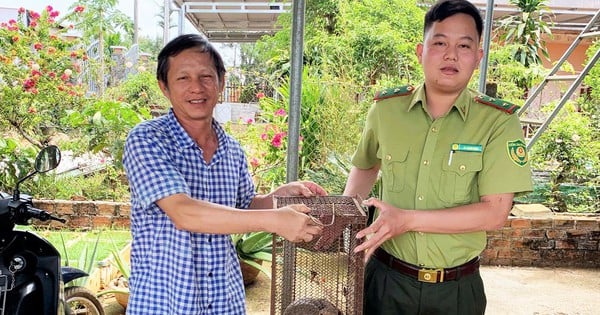





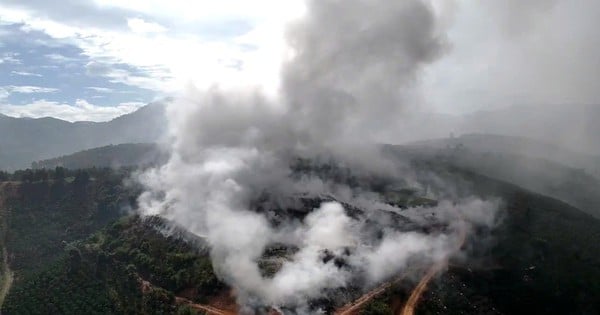
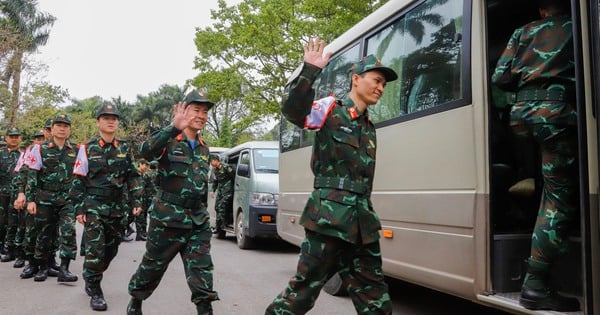
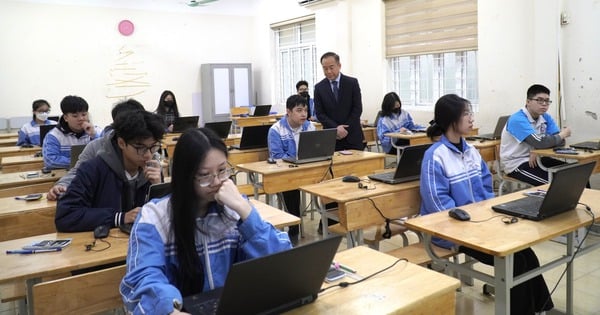




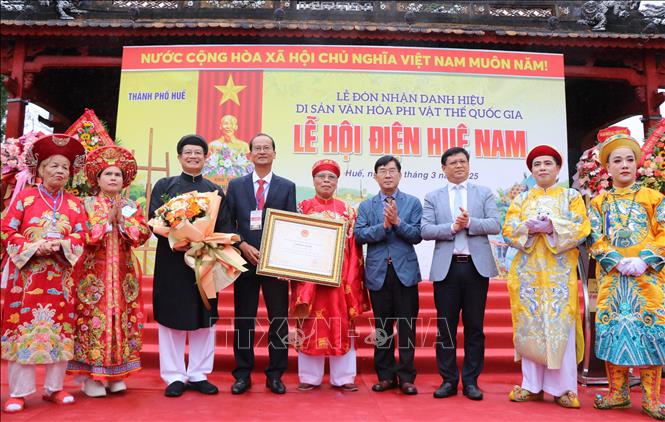

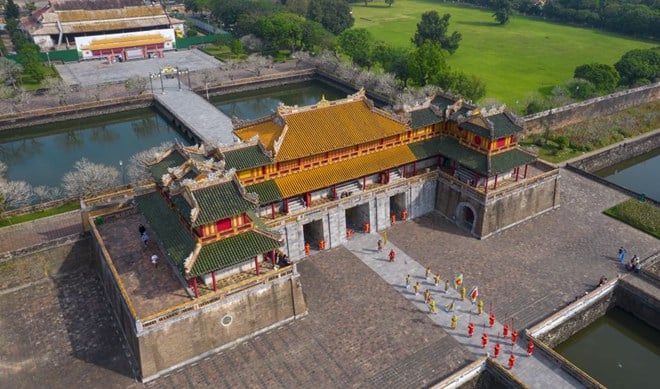



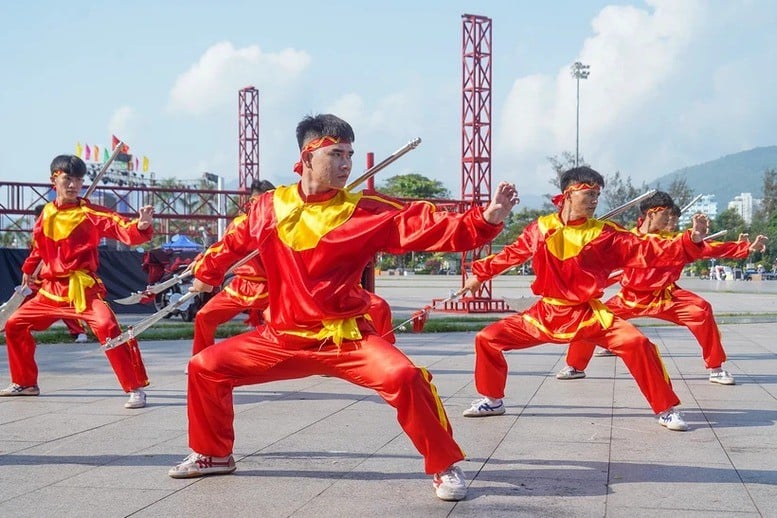



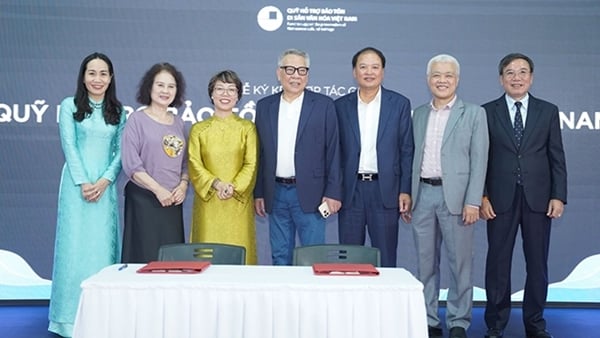
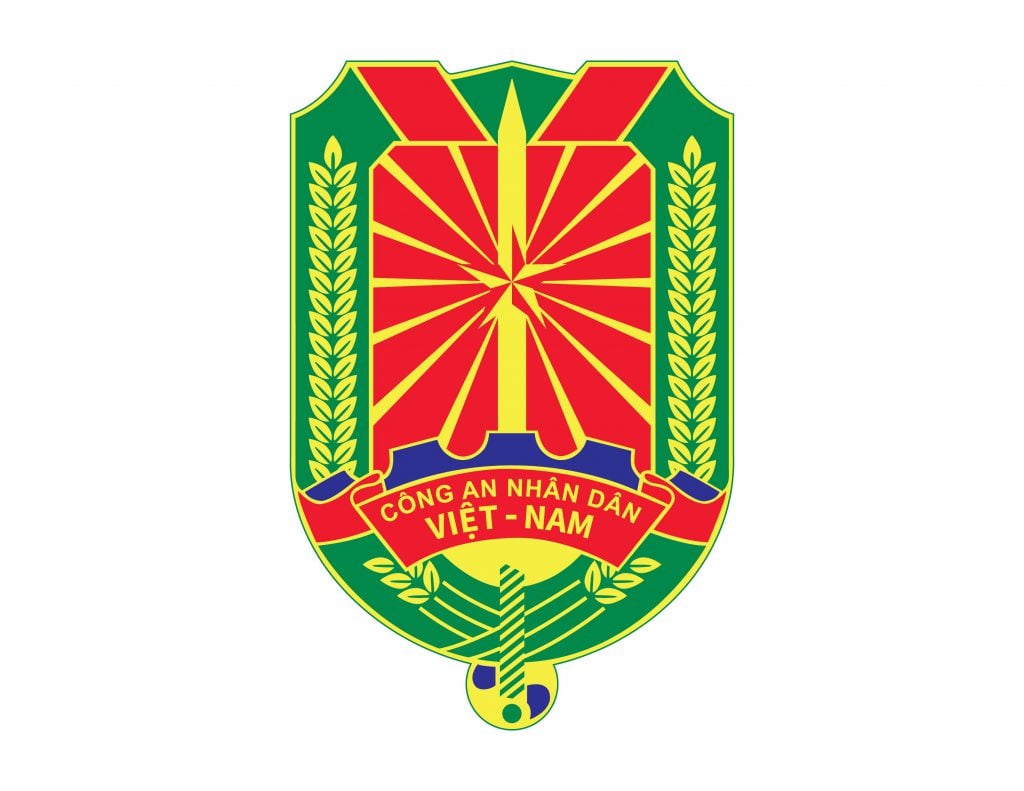
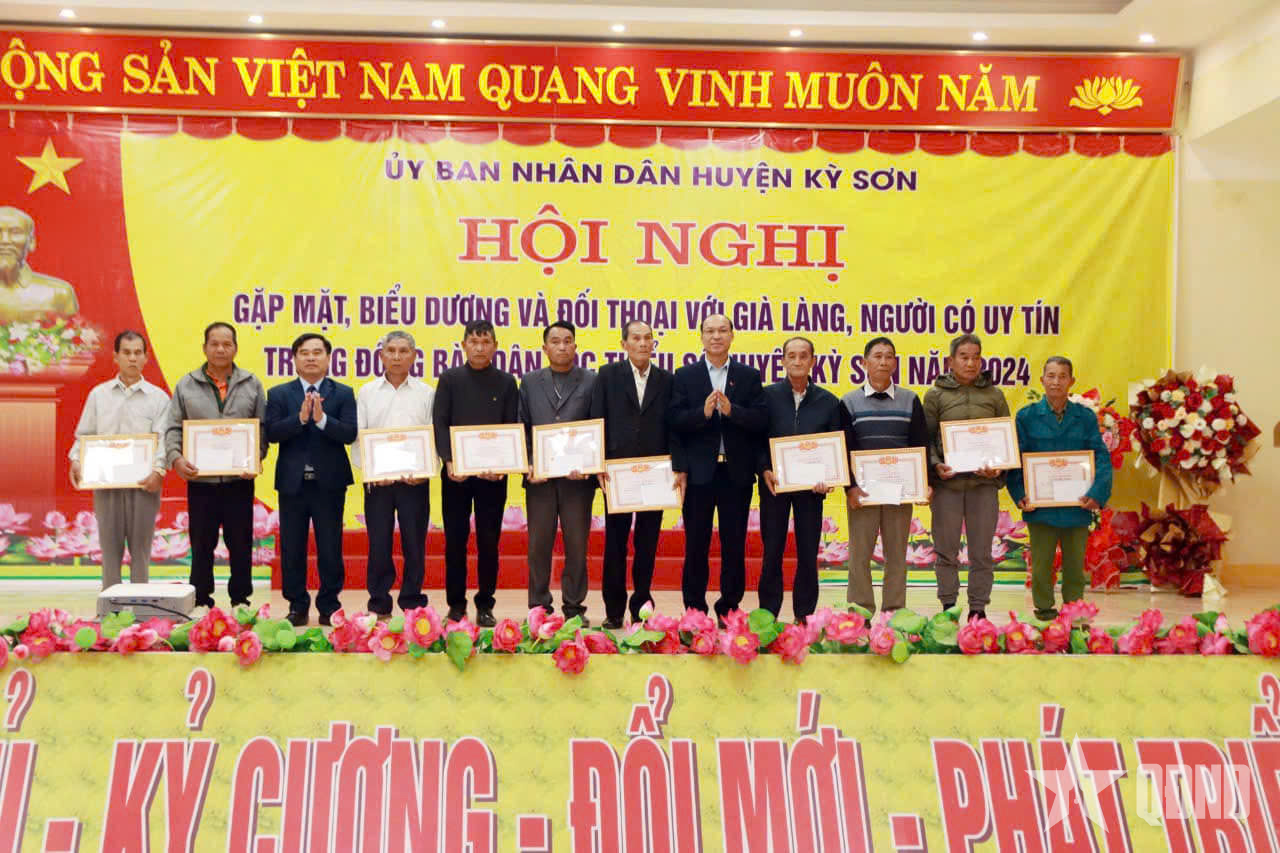



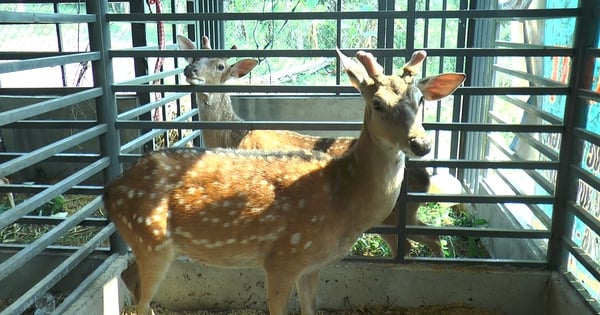












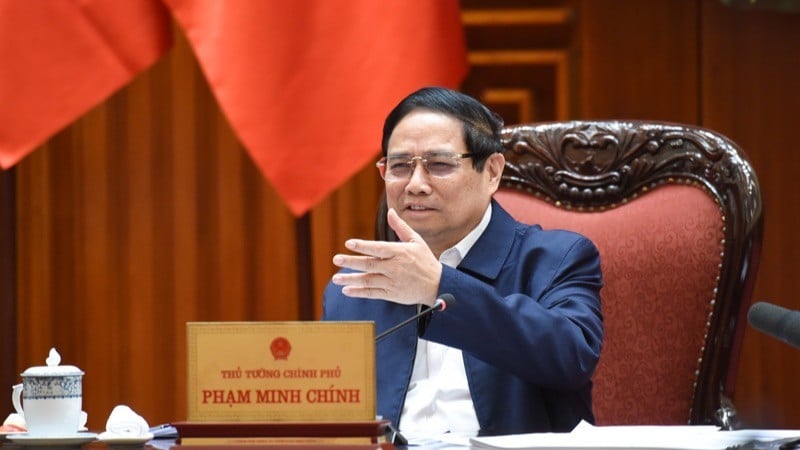

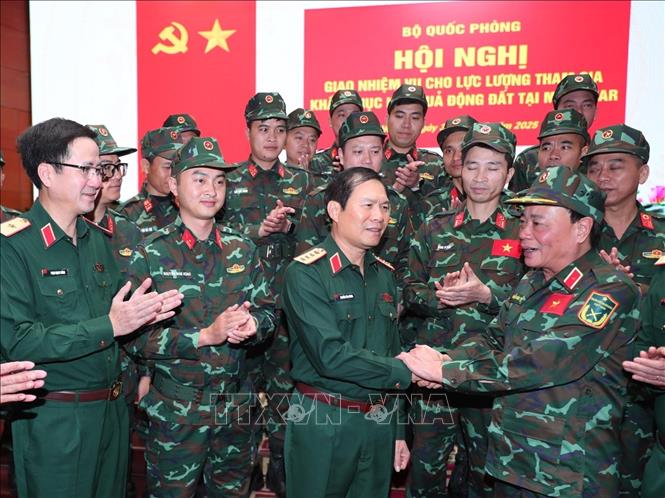

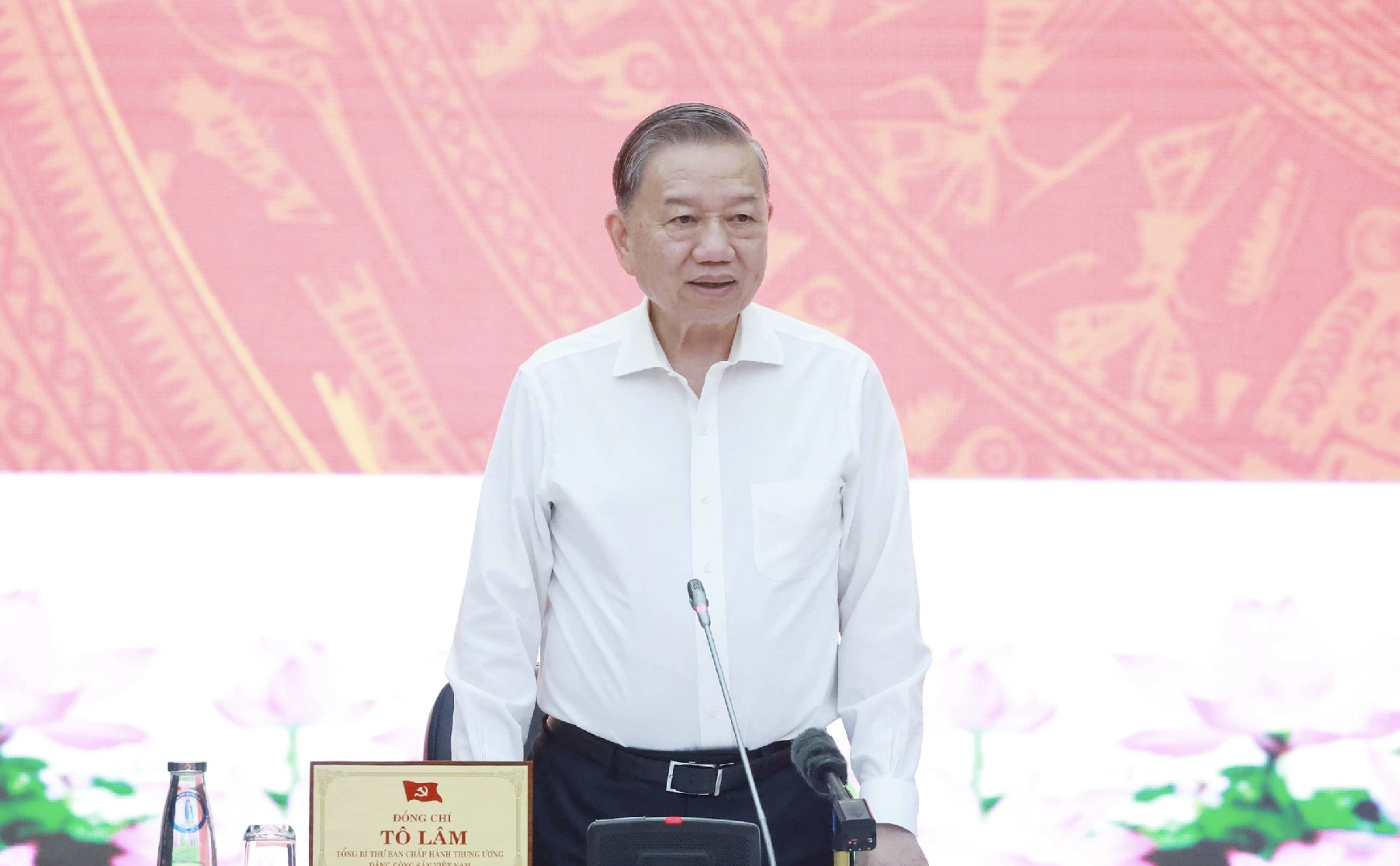

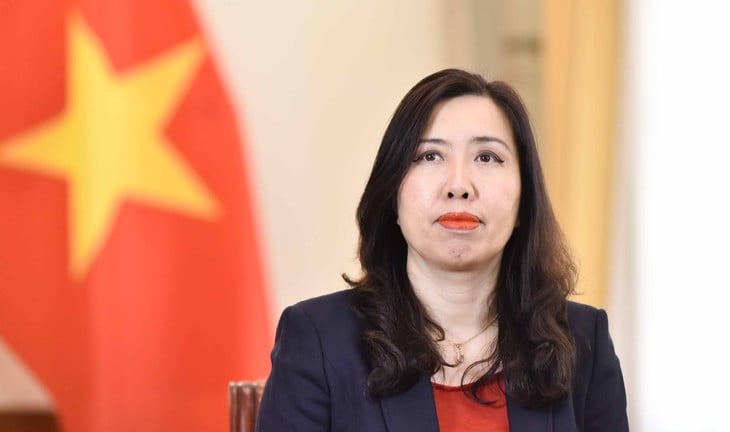



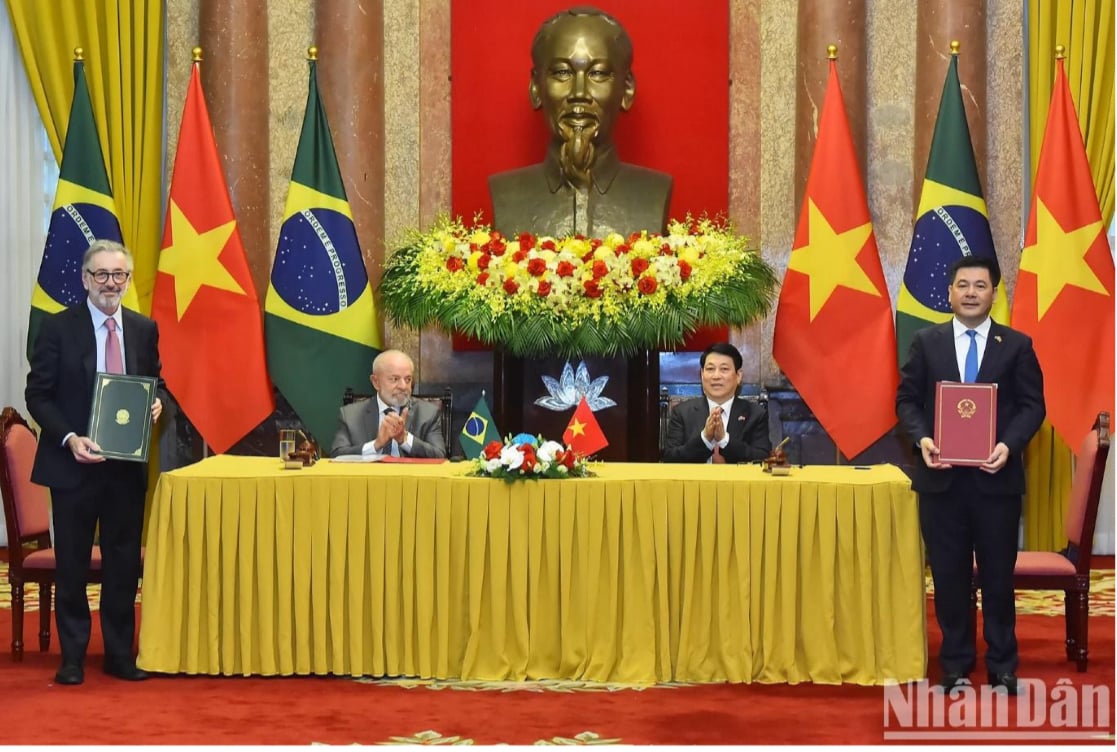

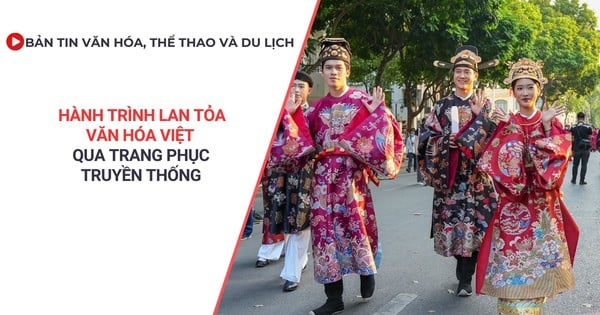

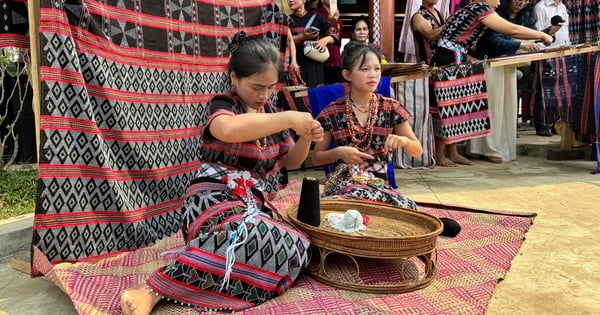
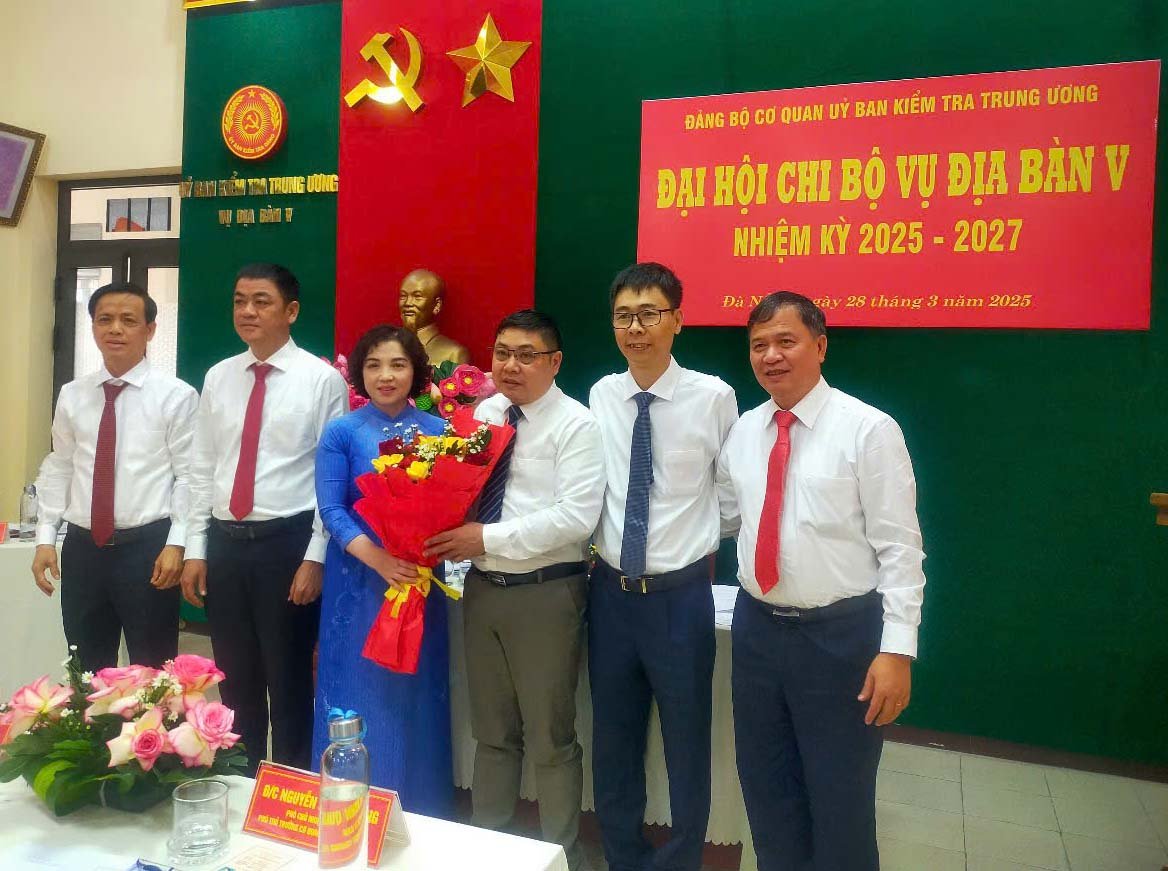

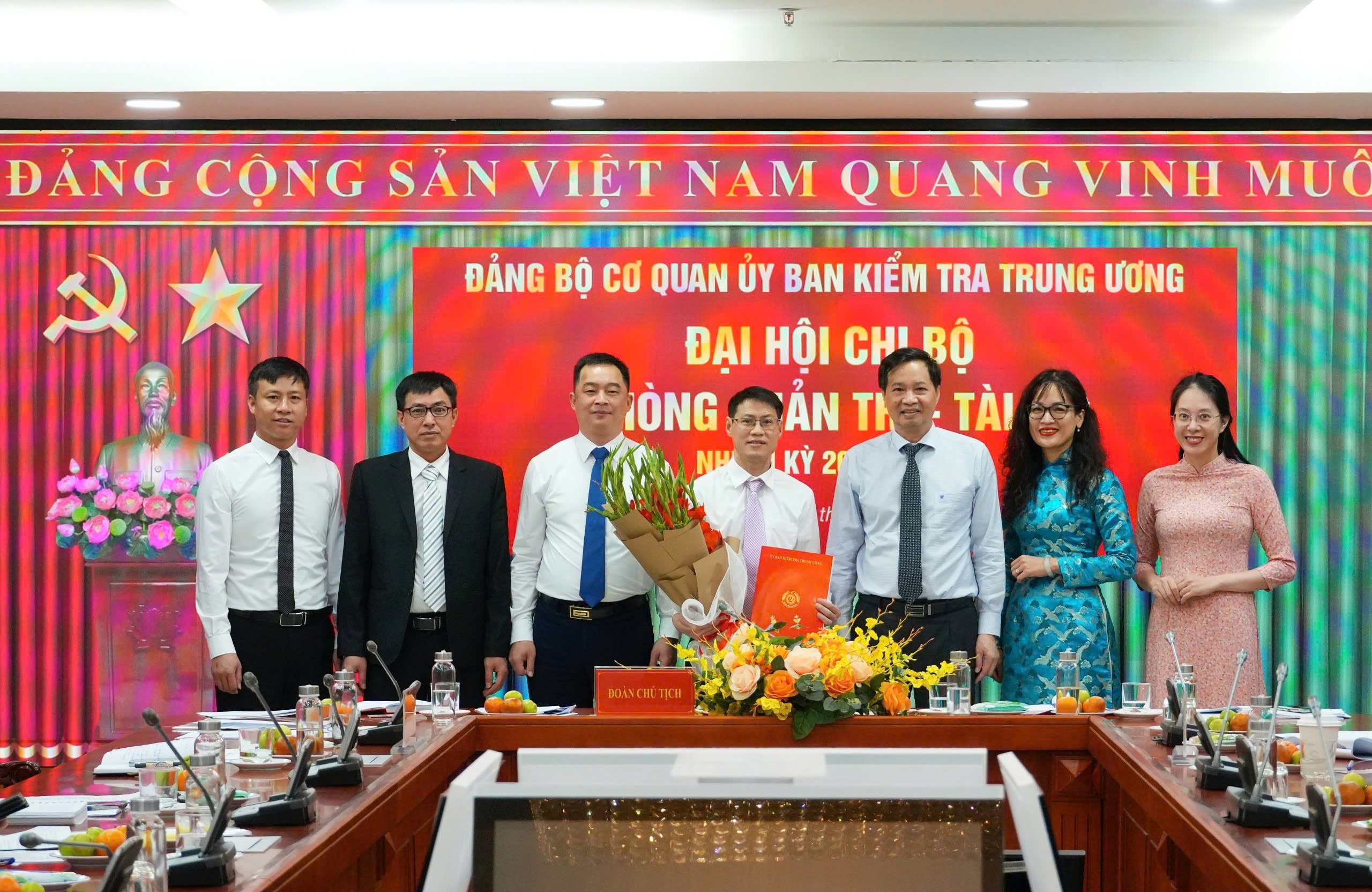
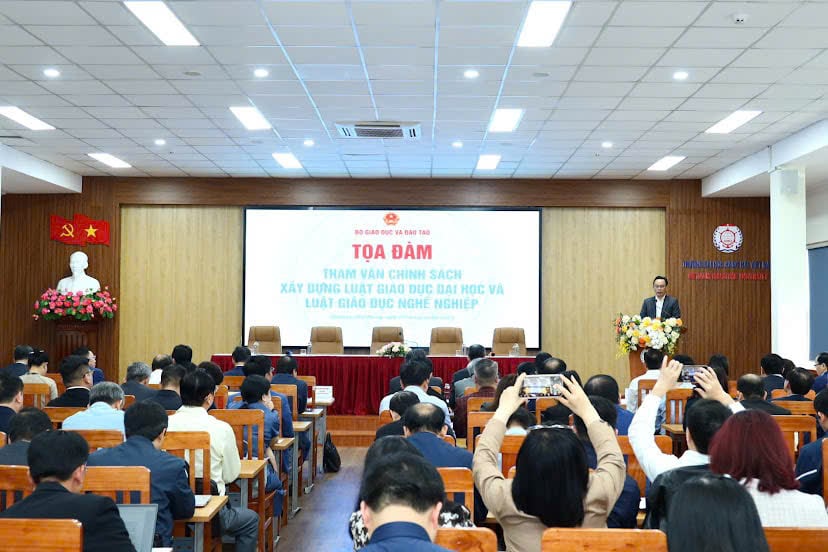

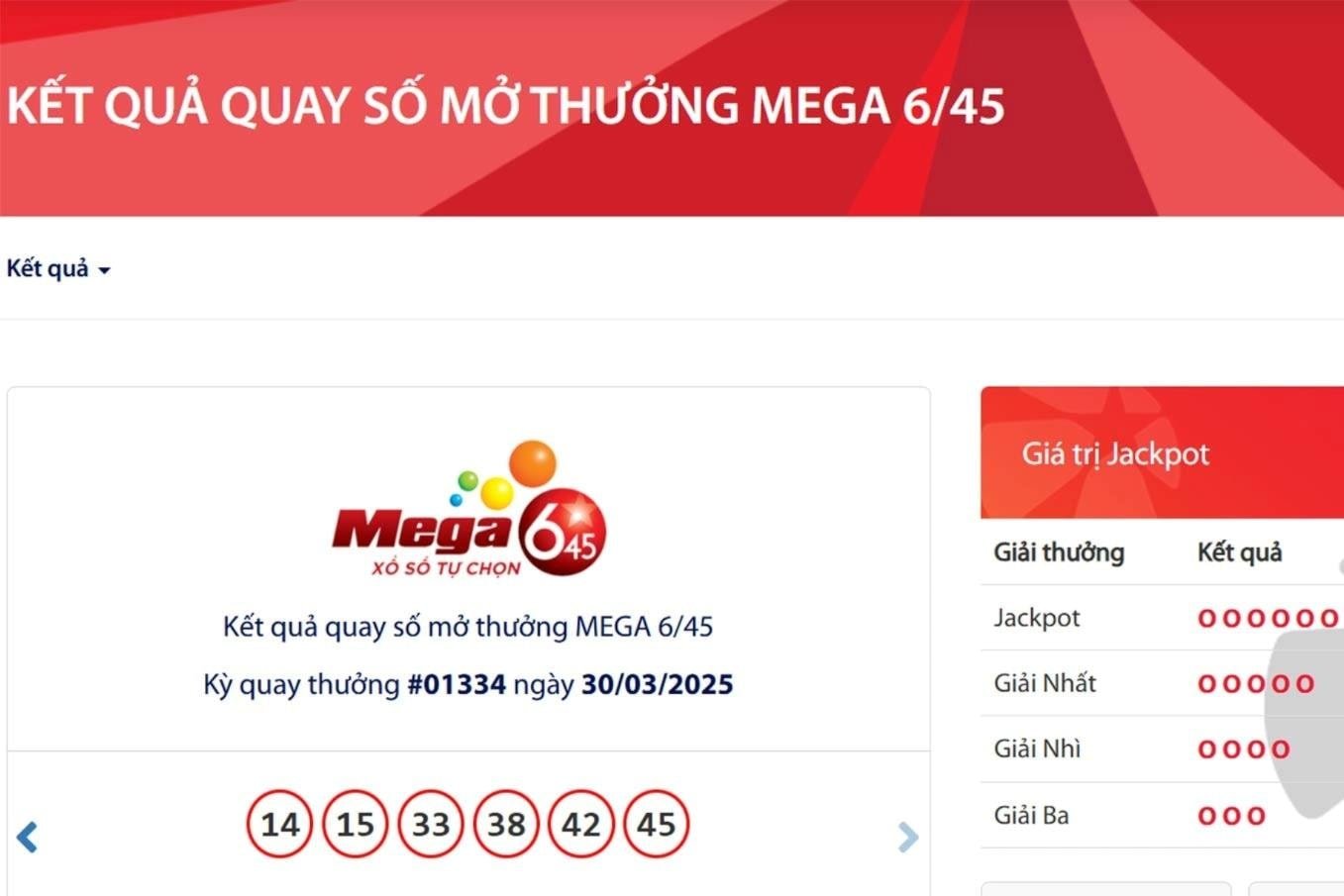

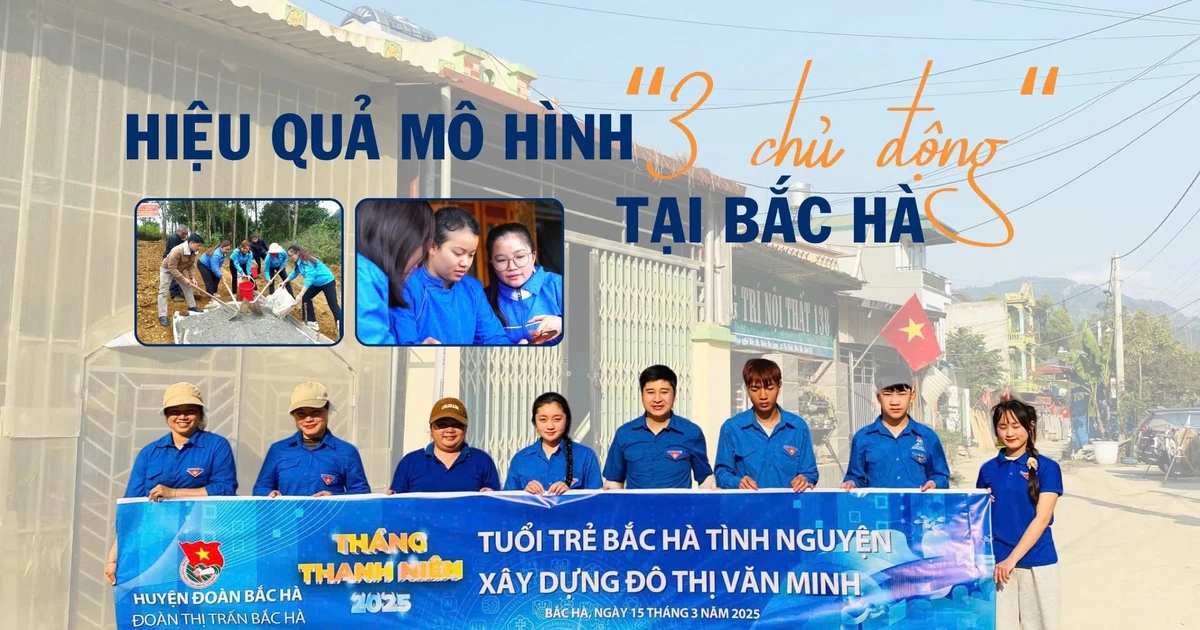

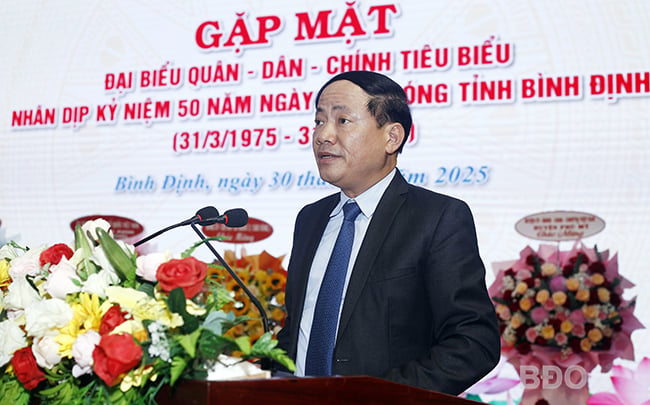

![[Podcast]. Always love buffalo... jackfruit leaves](https://vstatic.vietnam.vn/vietnam/resource/IMAGE/2025/3/30/1da4254329ba4bc79e0d9905dbc2a52b)



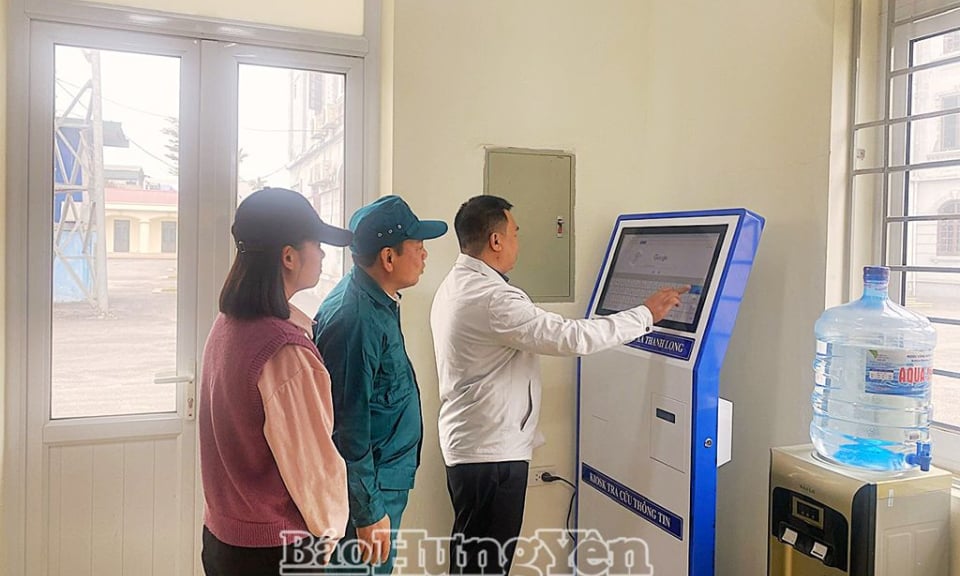


![[REVIEW OCOP] An Lanh Huong Vet Yen Cat](https://vstatic.vietnam.vn/vietnam/resource/IMAGE/2025/3/27/c25032328e9a47be9991d5be7c0cad8c)




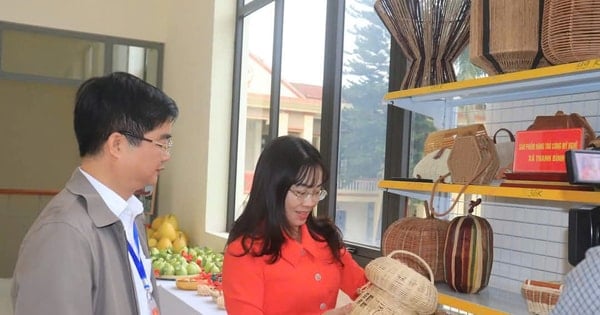
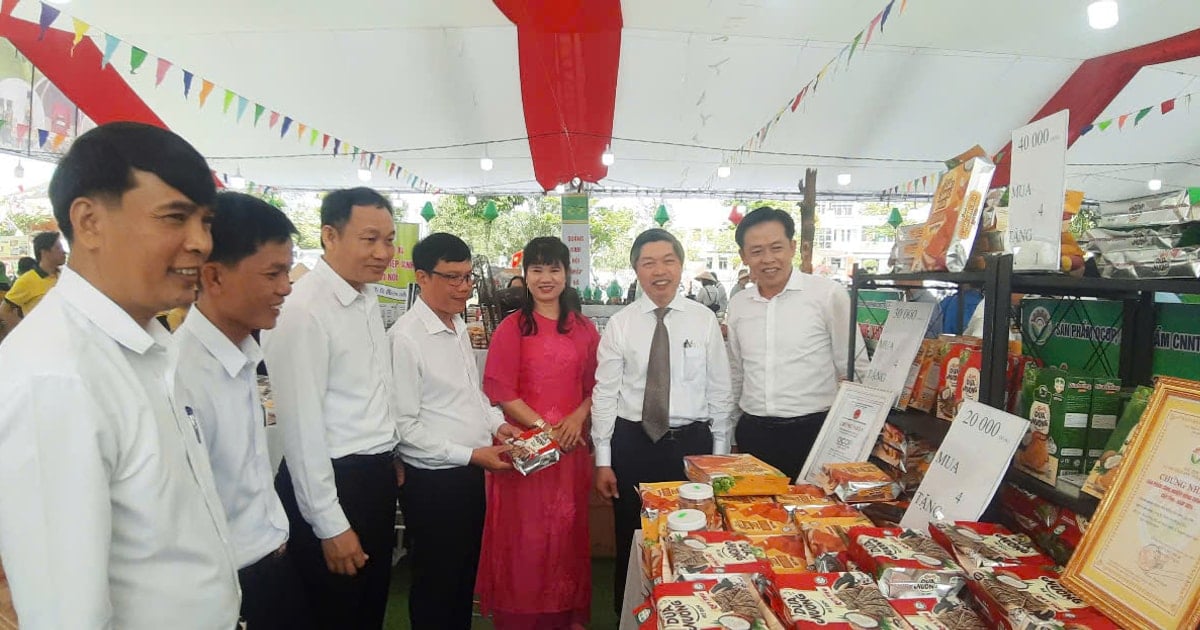

Comment (0)